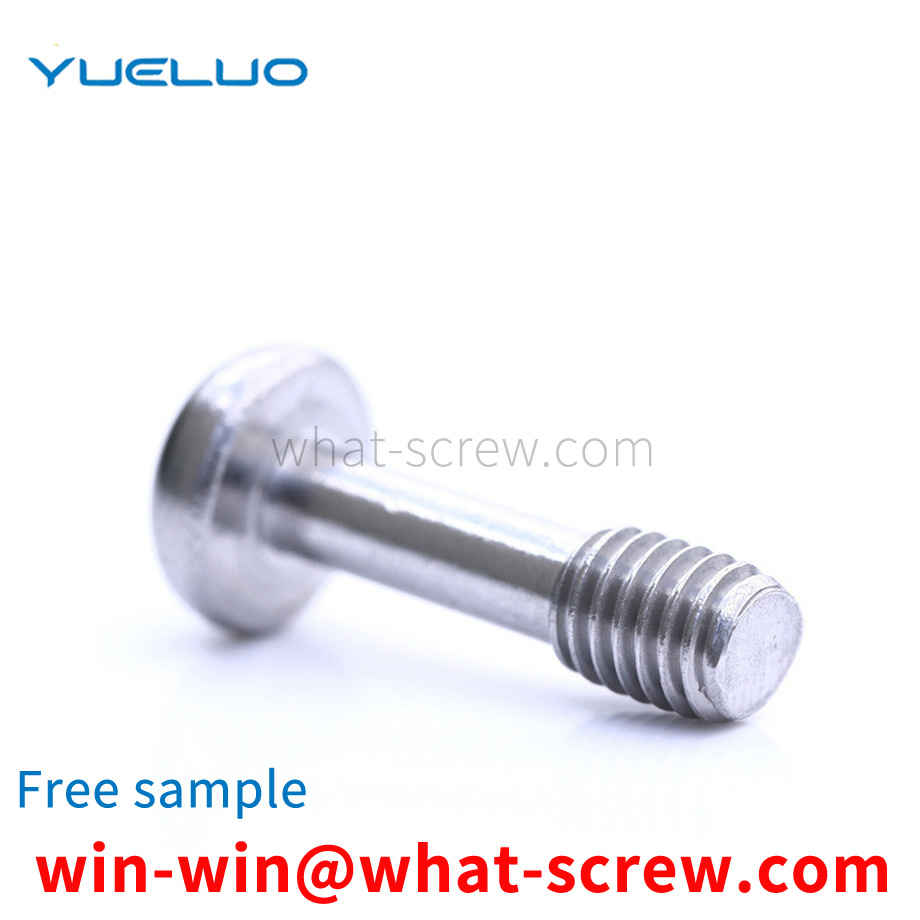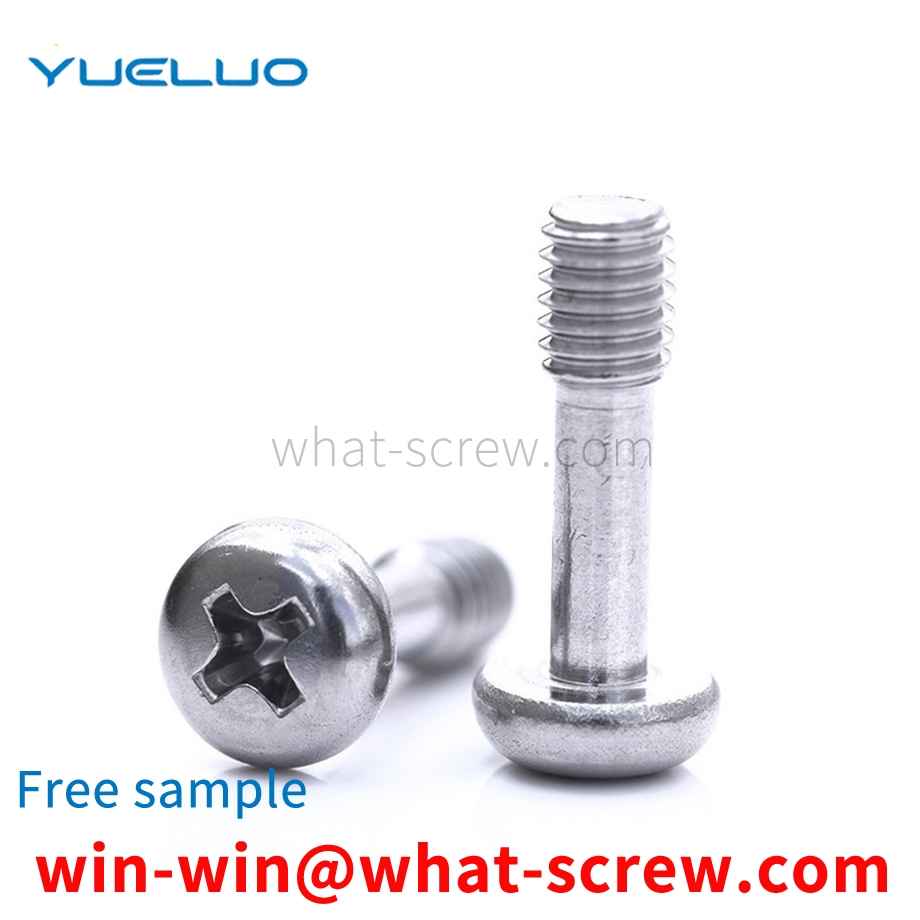An automatic screw-removing device for automatically removing screws on a workpiece, the automatic screw-removing device comprising a worktable, a manipulator disposed on one side of the worktable, and a screw-removing mechanism installed on the manipulator, The screw-removing mechanism includes an installation plate connected to the manipulator, an electric batch installed on the installation plate, a bit head disposed on one side of the electric batch, and a visual recognition unit disposed on the installation plate , the visual recognition unit takes pictures of the screw to determine the coordinates of the screw, the bit is rotated under the drive of the electric batch to disassemble the screw, the bit is magnetic and can be adsorbed the screw.
Among the mold parts used in the can manufacturing industry, some product inner holes need to be processed with stop slots after heat treatment. The inner hole diameter of the product is φ28mm, the width of the slot is about 1.3mm, and the size and shape of the outer end face of the slot adjacent to the orifice The tolerance requirements are very strict, generally within the range of 0.02mm. If the CNC machine tool is used for cutting, the blade loss is very serious because the groove width is too narrow; if the inner hole grinding is used, there is no ready-made grinder and grinding wheel.
The application range of the oil pump is very wide. When it is used, the oil pump needs to be assembled. During the assembly process, when the pin is driven into the pin hole, it is generally held by the operator with a hammer, and then aiming at the top of the pin to press. Into the hole, due to the relatively high tolerance requirements for the depth of the pin pressing and the side clearance (the gap between the pin and the groove wall), the traditional operation method not only causes a high rejection rate and a long training time for personnel, but also The slow processing speed affects the production efficiency.
(1) The screw-in performance test is to screw the self-tapping locking screw sample into the test plate until one complete thread completely passes the test without breaking. (2) The destructive torque test is to clamp the stem of the self-tapping locking screw specimen in a thread mold or other device that matches the screw thread, and uses a calibrated torque-measuring device to measure the screw. Torque is applied until fracture, which should not occur in the clamped threaded portion. (3) Carry out a tensile test on the screw sample to check the minimum tensile load for failure. The fracture should be within the length of the rod or the unthreaded thread, and should not occur at the junction of the nail head and the rod. Before the sample breaks, it should be It can reach the minimum tensile load specified by the corresponding performance class. (4) Hydrogen embrittlement is a problem that must be strictly paid attention to in the surface treatment process of self-tapping locking screws. In the pickling process, the screw is stirred in dilute hydrochloric acid, and the amount of hydrogen absorbed by the pickling steel increases linearly with the square root of time and reaches the saturation value. Less than 100%, a large number of hydrogen atoms will be produced, which will be attached to the surface of the screw, resulting in hydrogen infiltration, and the steel will become brittle due to the absorption of hydrogen. The self-tapping locking screw takes 6~8h to drive hydrogen, and the temperature is 160~200℃ (phosphating) and 200~240℃ (electroplating). However, in the production process, the hydrogen drive time should be determined according to many production conditions such as core hardness, surface roughness, electroplating time, coating thickness, pickling time, and acid concentration. It is best to do it before passivation and just after electroplating.
Therefore, in order to obtain fasteners that meet the requirements, it is usually necessary to anneal the middle sections of bolts, rivets, etc. to reduce the hardness of the middle sections, while ensuring the hardness of the heads of bolts, rivets, etc. At present, the existing process adopts ultra-high frequency induction heating equipment to instantly heat the middle section and reduce the hardness. However, this process requires a lot of control, and the heating time is slightly longer, which affects the hardness of the head, and the mass production is very unstable, which is easy to cause the rivet to fail. At the same time, the cost of ultra-high frequency equipment is high and the power consumption is large, which is not conducive to mass production and energy saving. Environmental friendly.
We have many years of experience in the production and sales of screws, nuts, flat washers, etc. The main products are: carbon steel non-standard square nuts, percussion rivets, B-class long stud screws, thick washers and other products, we can provide you with suitable products Your fastener solution.



















 Service Hotline
Service Hotline




